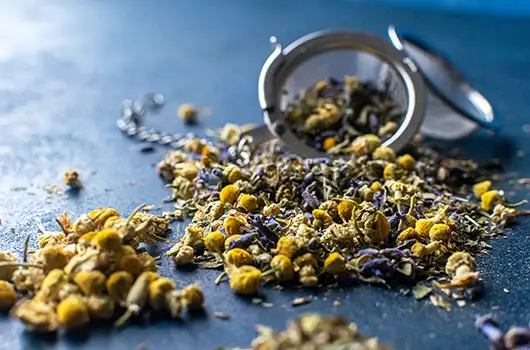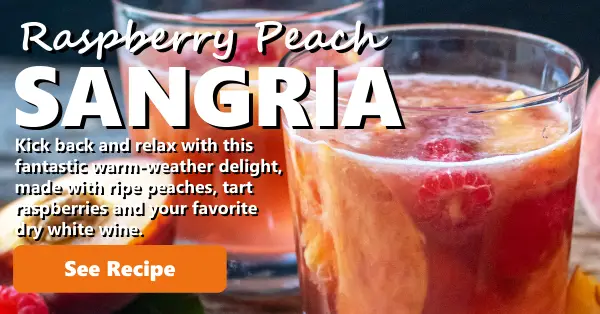Cat Nap Tea
A recipe by Sara Duncan
When I was 23, my doctor told me I couldn’t drink coffee anymore, an insane thing to tell a 23 year old millennial living in Portland. It would have been easier to cut out alcohol. At the time I was going to school full time, volunteering in the emergency room, and working as a server on the weekends. I had no days off, and now I had no coffee to help me get through. That is when my obsession with tea began.
As much as I am sure you would love me to reveal a secret replacement for coffee, I am here to give you the harsh reality: the best remedy for a tired body is proper rest. Don’t get me wrong. I love caffeine as much as the next person, but my Cat Nap Tea is the thing that has changed my life the most.
There is only one tea plant. Green, black, white, and Oolong, are all made from the plant Camellia sinensis. Herbal teas are technically called tisanes. There has been a lot of drama over the years in the tea world about herbal and fruit brews being classified as “tea”. It’s kind of like calling hot chocolate “coffee” just because it’s a hot brown drink. The recipe below, Cat Nap, is a tisane.
This tea was the first recipe I created so it was made for beginners by a beginner. All the ingredients are easy to find, and you don’t even need proper measuring spoons to make it.
Cat Nap Tea
6 parts dried chamomile
4 parts dried catnip
2 parts dried spearmint (more for increased sweetness)
2 parts dried lavender
(If you have never used “parts” measuring before I am about to rock your world. “Parts” relies on ratio rather than exact measurements. All you need is 1 of ANY scoop. Use the same scoop for each item. If you are using a tablespoon substitute the word “parts” with “tablespoons.” If you are using a cup, substitute the word “cup” with tablespoons. BOOM! You are an expert at “parts” measurement. You can thank me later.)
Feel free to mess around with this recipe! I make it for a few friends with extra spearmint because they like a sweeter flavor profile. I use edible lavender oil sometimes when I really want the aromatherapy aspect (just make sure it’s edible, as most essential oils are not). Whatever you try is part of the journey. Learning to love sleep is fun because the better you sleep the better you can live.
Chamomile (Chamaemelum nobile or Matricaria recutita) – Chosen for gentle sedative properties and historical use in aids to relaxation. Chamomile is also recognized as a tool in decreasing stress.
Catnip (Nepeta cataria) – Chosen for its reputation as a sedative and general relaxant.
Spearmint (Mentha spicata) – Chosen for its naturally sweet flavor and promotion of relaxation.
Lavender (Lavandula angustifolia) – Chosen for its robust aroma. Lavender has a historical use as a sedative and relaxant and was the final choice for this blend.
Click to see more great ‘kitchen-tested’ recipes from LifeSource Natural Foods




